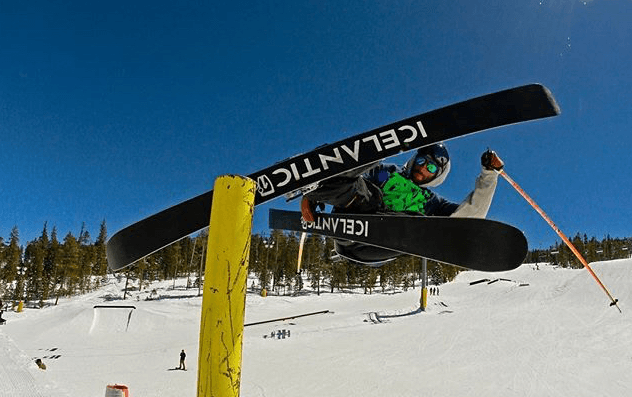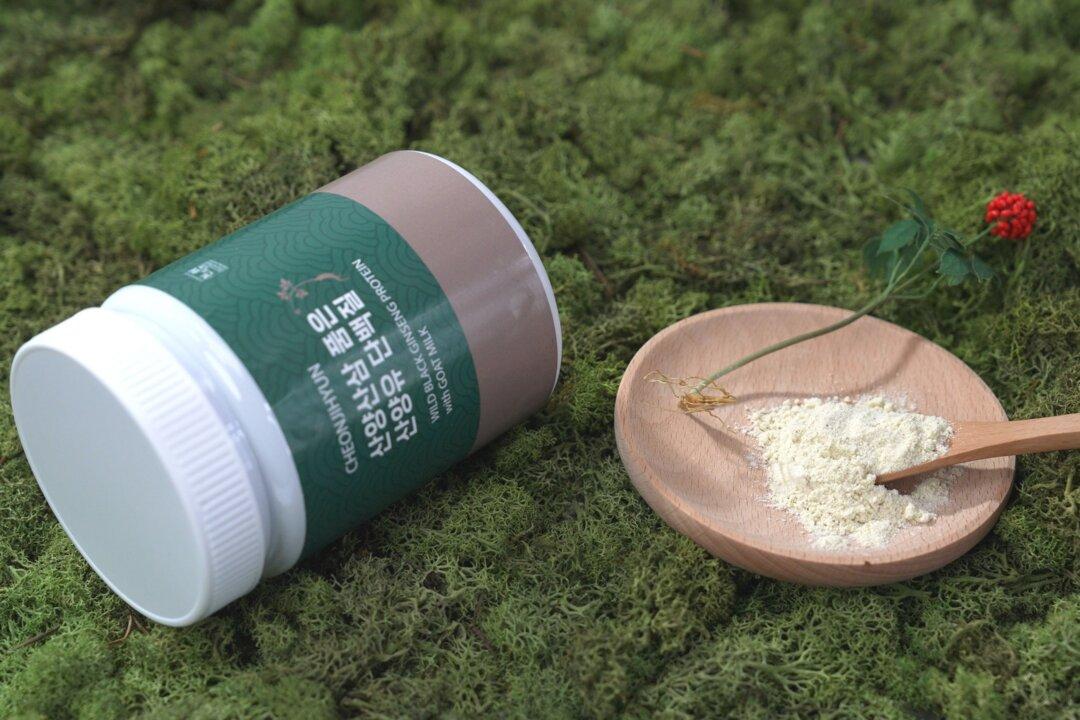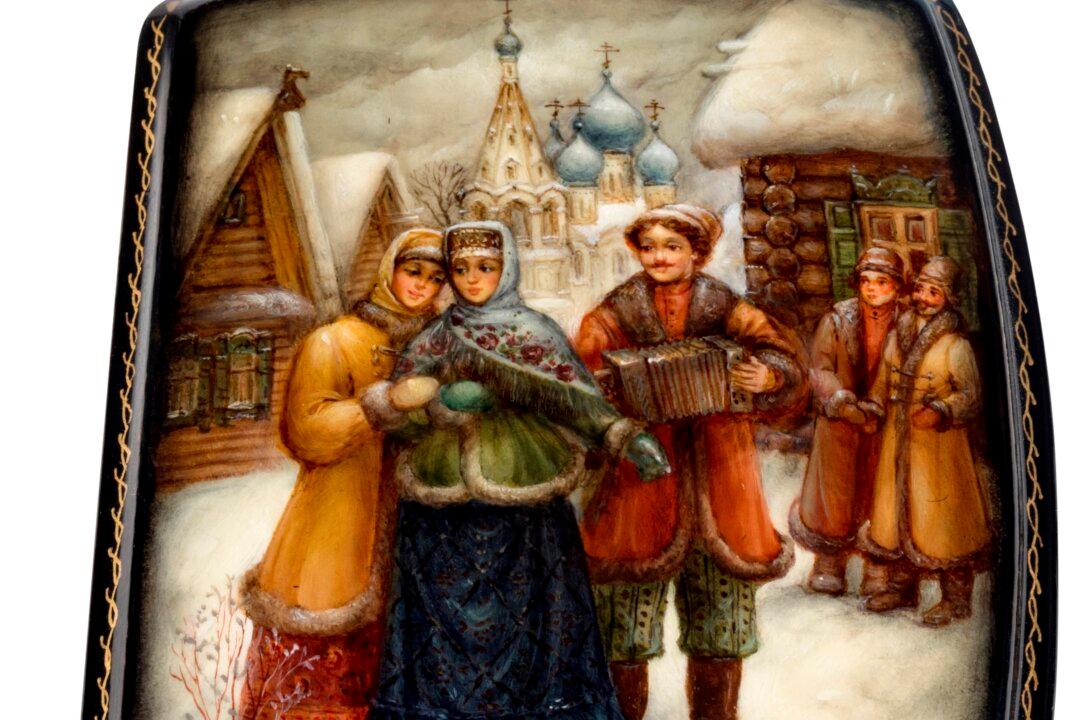Last winter, after having not skied for 25 years, I caught the ski bug. I skied once over Christmas, and after a few more runs, wasn’t ready for the season to be done. So, I flew across the country where it wasn’t—Colorado. From late April through May, I skied 19 times at Arapahoe Basin—more times than my entire life combined, by far.
I had two big take-aways from my champagne powder holiday. For one, the mountain has magic. I grew up playing competitive athletics on a court and on a field, but, decades later, I’ve come to realize, nothing compares to adventure sports outside in the wild.





